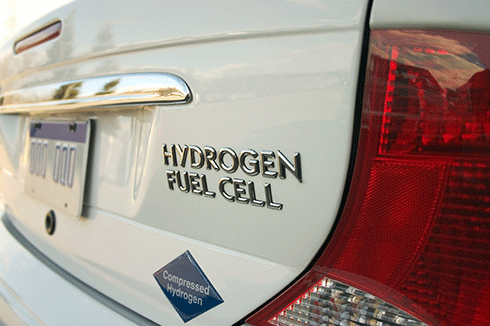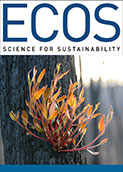
|
Published: 11 August 2014
Molecule discovery brings hydrogen storage a step closer
Australian and Taiwanese scientists have discovered a new molecule that puts the science community one step closer to solving one of the barriers to development of cleaner, greener hydrogen fuel-cells as a viable power source for cars.
The newly discovered molecule, ‘28copper15hydride’, is a key to potentially understanding how to get hydrogen in and out of a fuel system and to store it safely, as hydrogen gas is highly flammable.
The molecule was synthesised by a team led by Professor Chenwei Liu from the National Dong Hwa University in Taiwan.
A team at the Australian Nuclear Science and Technology Organisation (ANSTO) determined its chemical structure using KOALA, one of the world’s leading crystallography instruments.
A hydride is a negatively charged hydrogen ion, commonly combined with another element. The new molecule, 28copper15hydride, has alternating layers of hydride and copper wrapped in an outer shell of protecting molecules.
‘This new molecule has an unprecedented metal hydride core – it is definitely different and much more stable than many previous hydride compounds, in fact it is stable in air, which many others are not,’ says Dr Alison Edwards, a chemical crystallographer at the Bragg Institute, part of ANSTO.
On its website, ANSTO says that before we can use hydrogen as a fuel source, we need to solve four main problems.
First, the process of obtaining hydrogen itself uses energy. Second, there is no way to transport or store large volumes of hydrogen at high density. Third, fuel cell technology is not advanced enough. Last, hydrogen distribution infrastructure has not been established. The discovery of the new molecule helps solve this last problem.
‘This improved understanding of one aspect of the nature of hydride provides an improved fundamental understanding of an aspect of hydrogen which underpins potential technological developments – you cannot have a well-founded “hydrogen economy” unless you understand hydrogen’, says Dr Edwards.
‘No one is claiming hydrogen-powered cars are imminent. Perhaps this puts us a step further down the road, but we don’t know how long the road is,’ she adds.
Source: ANSTO




